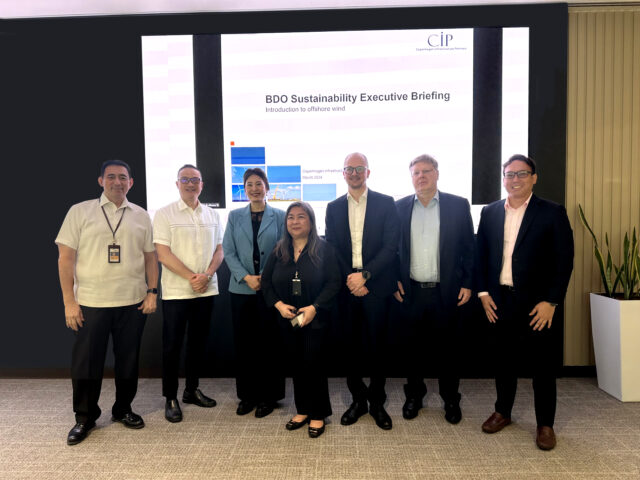Once beaten, twice evicted: LGBTQ+ Ugandans flee for safety
KAMPALA (Thomson Reuters Foundation) – Evicted from her business. Thrown out of home. Then pummeled by family. That was enough to persuade Cindy to flee a surge in anti-LGBTQ+ violence that is sweeping her native Uganda.
It is one year since President Yoweri Museveni signed the Anti-Homosexuality Act (AHA), one of the harshest anti-LGBTQ+ laws ever enacted globally and a measure that has legalized a swathe of homophobic abuse.
Not least forced evictions – which have more than doubled in number as landlords, families and neighbors oust LGBTQ+ Ugandans from their homes or businesses with full legal backing.
The year-old act made it illegal to rent property to LGBTQ+ people such as Cindy, leading to a wave of evictions along with a surge in day-to-day discrimination.
“Ugandan laws prohibit same-sex relationships and like in many African countries where homosexuality has been criminalized, the punishment…is severe,” said Arnold Akello, a Kampala-based human rights lawyer.
While there is no official data on the scale of evictions, rights groups and lawyers report an uptick in distress calls, despite a slight softening of the law last month.
EVICTED AND BEATEN
Cindy spent five years building up a successful hair salon on the outskirts of Kampala – or she had until February, when her landlord abruptly ordered her to leave.
Given he had evicted her without due notice, Cindy planned to sue before multiple threats persuaded her to drop the case.
A month later, she was evicted from her home, then attacked by relatives for “causing them ridicule for being a lesbian”.
Enough was finally enough.
“I sought refuge at a friend’s house…before crossing over to Kenya,” Cindy told the Thomson Reuters Foundation of her escape in March.
Since then, Cindy – who wanted to use only her first name – said five of her LGBTQ+ friends had also been evicted.
“They don’t even feel safe at the secret shelter where they sought refuge,” she said by phone from a safe house in Nairobi.
TOUGH NEW LAWS
While Uganda had long criminalized gay sex, the AHA was harsher than its colonial-era predecessor: part of a wave of tough new anti-LGBTQ+ measures sweeping parts of Africa.
In Ghana, just like in Uganda, LGBTQ+ people now risk eviction under an anti-LGBTQ+ bill that requires landlords to prevent same-sex relations on their property.
The fallout from such laws is chilling, advocates say.
Two months into AHA, Kampala-based rights group Human Rights Awareness and Promotion Forum said it had logged 36 evictions affecting 75 LGBTQ+ Ugandans. This compared to an average of six evictions a month before the law was enacted.
The rights group said legal clinics trying to help evictees reported that landlords were “zealously” enforcing the law, while most evictions outside the capital went unreported.
Last month, the Constitutional Court struck down a clause in the AHA that criminalized anyone who let a property be used “for the purposes of homosexuality” – but few expect much to change.
“The eviction cases are on the rise because landlords and even members of the public are becoming more bold in unlawfully evicting anybody they suspect to be queer,” said Saida Nakilima, a lawyer with the Kampala rights group.
NO SAFE HAVEN
Take Andrew, who was thrown out of his home in the eastern city of Mbale a week after the Constitutional Court decision.
The 28-year-old, who only gave his first name, said he had lived hassle-free for two years with two fellow gay men and that eviction came nine months before their tenancy expired.
“The landlord told us that he could not defy the government order by housing homosexuals. He declined to offer a refund of part of the rent we had paid and even dared us to go and report him to the police,” Andrew, a website developer, said by phone.
At first, the trio refused to leave but after neighbors brandished threats, they moved to a secret LGBTQ+ shelter.
“I doubt we will get justice,” Andrew said.
That same week, Grace got home from work to find her landlord had hired men to break in and throw out all her possessions after neighbors had reported her.
“The landlord told me that by virtue of hosting my lesbian friends, I was encouraging and promoting what he described as ‘the devil’s behavior’,” said the 26-year-old, who lives in Mukono, a city east of Kampala.
Her parents refused to take her in, accusing her of “embarrassing them”, so she now lives with a friend.
Even shelters that promise ‘safe’ housing for evicted LGBTQ+ Ugandans are no longer deemed safe.
John Grace, coordinator of a Kampala-based NGO refuge, said shelters like his were now limiting new admissions as they had become the target of police raids and homophobic attacks.
“We have been forced to change our mode of operations. Our premises are not open all day as they would initially, and we are only admitting extremely deserving cases,” he said by email. — Reuters













